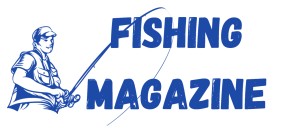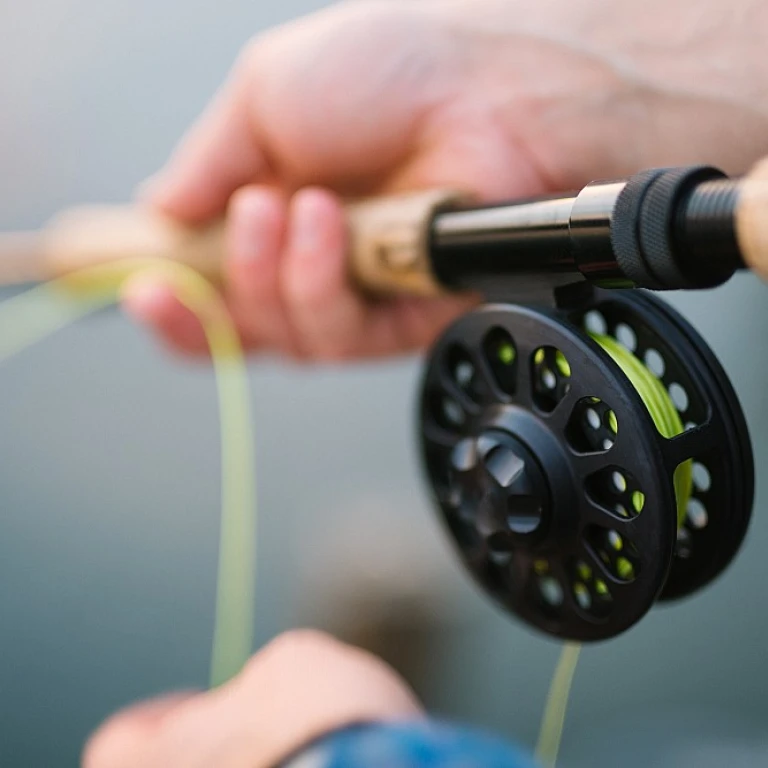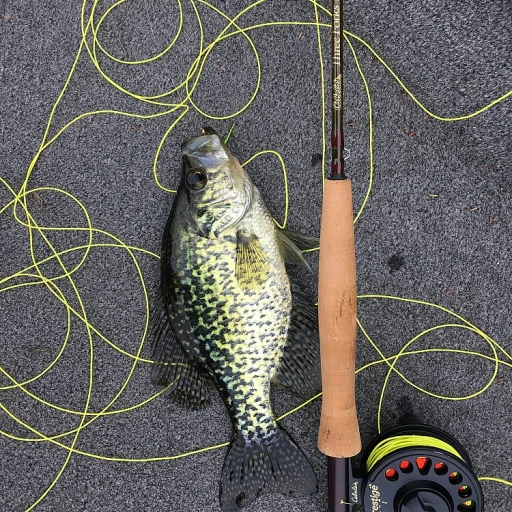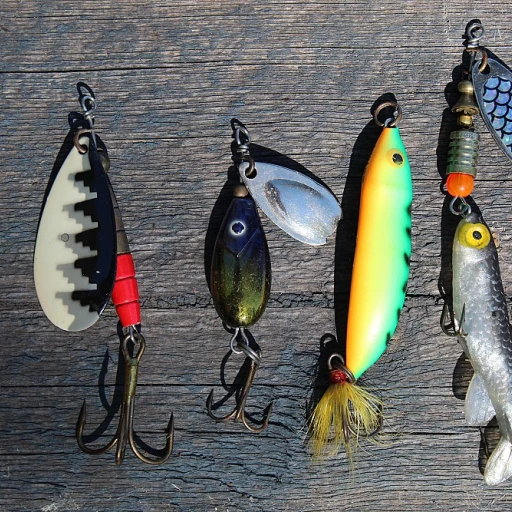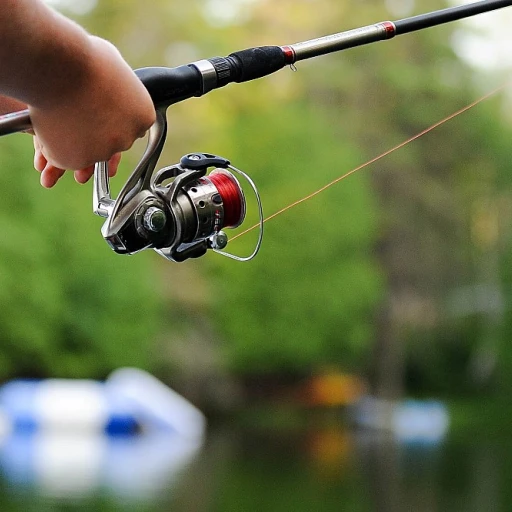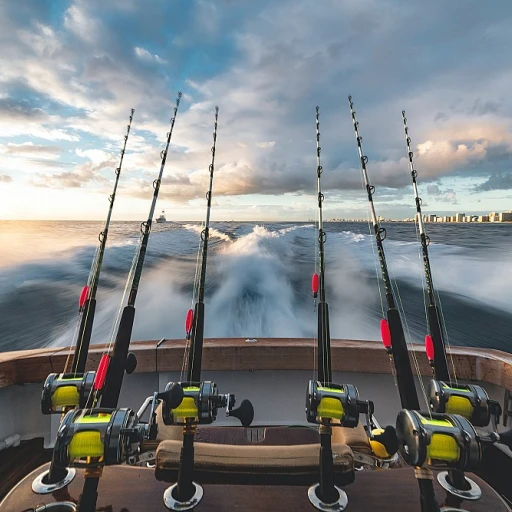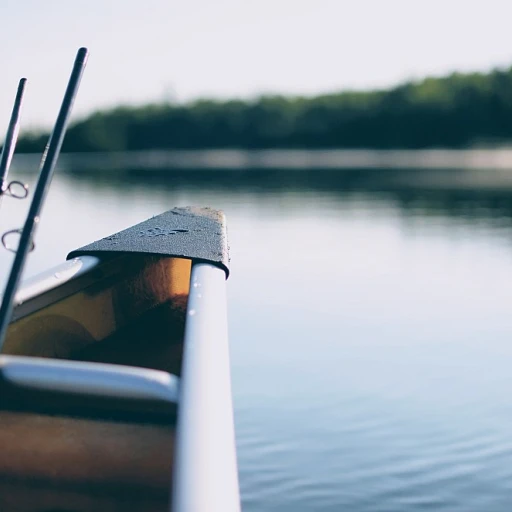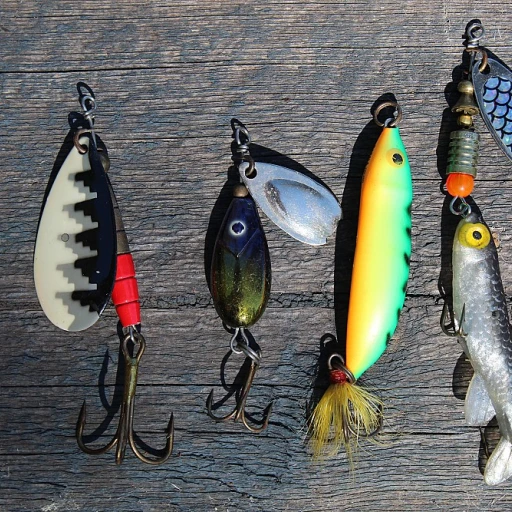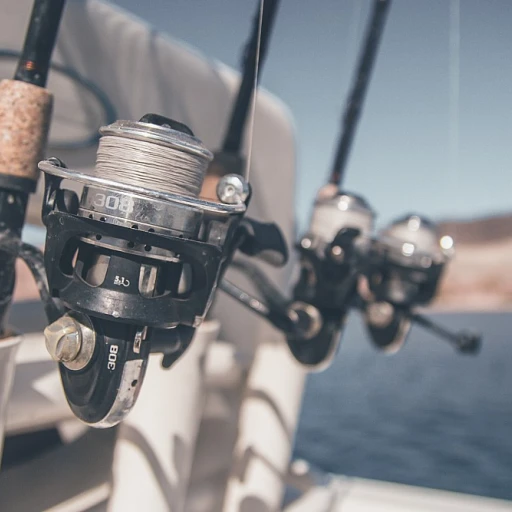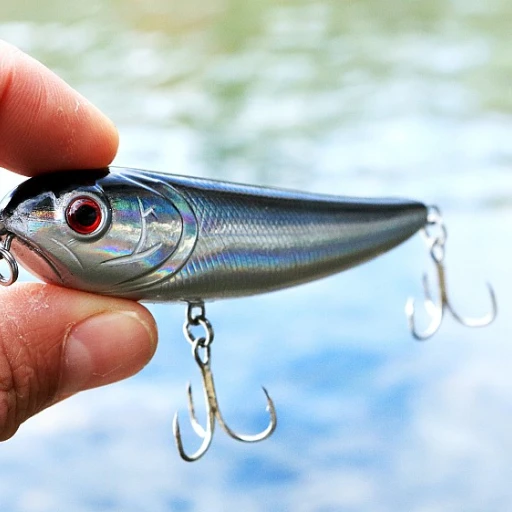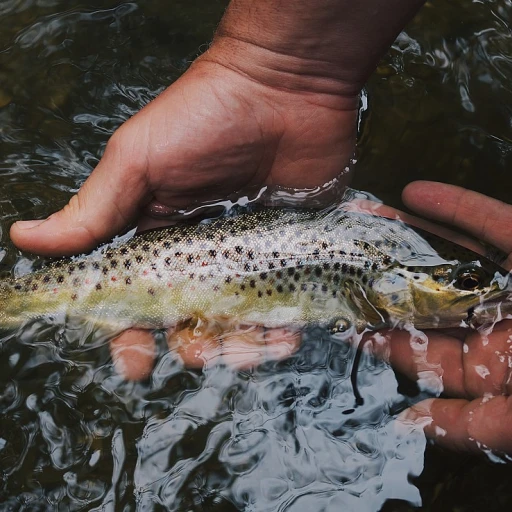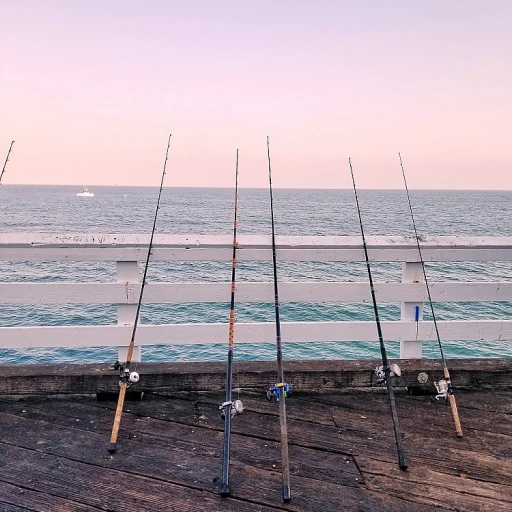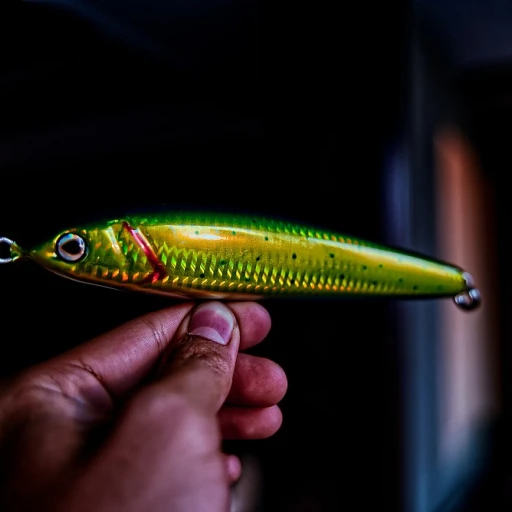
Understanding Fly Hooks: The Basics
Getting to Know Fly Hooks: The Essentials
In the world of fly fishing, selecting the right hook is imperative for a successful fishing adventure. Understanding the distinction among fly hooks is vital when preparing for your next trip. The variance in hook designs, whether it be for nymph, dry, or streamer flies, can affect your experience significantly.
Fly hooks come in various shapes and sizes, each tailored to a specific type of fly. Ranging from standard dry to nymph barbless hooks, each design has particular applications. It's crucial to select the appropriate hook to mimic natural behaviors of insects like caddis or attract target fish.
The choice of hook can also influence fly tying. Specific tying techniques may require a wide gape hook or a heavy wire for strength. Brands such as TMC, Fulling Mill, and Firehole Outdoors offer a range of hooks to cater to different fly patterns and desired fishing outcomes.
Whether you opt for a barbless or black nickel finish, the functionality varies. A standard dry hook might be perfect for calm waters, while a streamer hook is essential for rugged fishing conditions. Each hook style aids specific fly types and fishing challenges you might encounter.
To deepen your understanding of these elements, you might want to consider mastering the art of fishing with different fly hooks, as recommended by seasoned anglers.
Types of Fly Hooks: Finding the Right Fit
Diverse Designs for Every Fishing Scenario
When selecting from the myriad of fly hooks available, understanding which type best suits your fishing scenario is essential. From standard dry fly hooks to nymph hooks, different designs cater to specific purposes and target species.- Dry Fly Hooks: These are meticulously crafted to ensure lightweight and buoyant features. You'll find that standard dry fly hooks have a thinner wire which helps keep flies floating on the water's surface. Despite the lighter wire, options like "black nickel" provide robust durability.
- Nymph Hooks: When it comes to mimicking underwater insects, the nymph hook stands out. Often heavier than standard hooks, they allow your flies to sink quickly. Choosing a "nymph barbless" version can help in minimizing harm to the fish, promoting a sustainable fishing practice.
- Streamer Hooks: Designed to mimic swimming baitfish, streamer hooks are generally on the larger side with a wide gape. They come in various wire thicknesses to accommodate heavier flies, and "fulling mill" offers some of the best in the market.
- Specialized Hooks: For those targeting specific fish species like "caddis," unique variations such as a wide gape or hook dry can prove effective. Investing in a "TMC" hook set provides you with diverse options tailored for different conditions and types of flies.
Size Matters: Selecting the Appropriate Hook Size
Determining the Perfect Fly Hook Size
Choosing the appropriate size for your fly hooks can make a significant difference in your fly fishing success. The size of the hook influences not only how well you can mimic the prey’s appearance but also affects your chances of hooking and holding the fish. Opt for smaller fly hooks, like those used for standard dry flies, when you’re targeting smaller fish or if you’re fishing in clear, shallow waters. These hooks are more subtle and less likely to spook your target. On the other hand, larger fly hooks are invaluable when fishing for bigger species or in deeper waters. For instance, streamer hooks, which are typically built to be sturdy and heavy, often come in larger sizes designed for aggressive game fish. When dealing with different types of flies, you'll need to adjust your hook size accordingly:- Dry flies: Typically require smaller sizes, ranging from 12 to 18. Their wide gape allows them to imitate small insects like caddis or mayflies.
- Nymphs: Generally, nymph hooks are about the same size as dry fly hooks, although they can vary if you intend to use heavier wires or to tie more substantial patterns.
- Streamers: Use larger sizes (4 to 8) as these hooks often imitate baitfish, requiring a broader hook gape for better hooking ability.
Materials and Durability: What to Look For
Evaluating Materials and Strength
When selecting fly hooks for your next adventure, it’s crucial to consider the materials used in their construction. The primary factors to look at are durability and versatility. Fly hooks must withstand various water conditions, whether wet or dry, and each material offers unique benefits for specific fly fishing styles.
1. Wire Types and Durability: Most fly hooks are crafted from different wires such as standard wire or heavier options, which impact their strength and flexibility. A streamer hook, often used for larger flies, requires heavy wire to withstand powerful currents and aggressive strikes. In contrast, a standard dry fly hook might use lighter wire to maintain a delicate presentation on the water's surface.
2. Coatings and Finishes: Many manufacturers offer fly hooks with various finishes like black nickel or classic bronze. These coatings enhance durability and prevent corrosion, ensuring a longer lifespan for your hooks. Coatings can also affect the hook’s visibility in water, potentially improving your catch rates.
3. Barbless vs. Barbed Hooks: Barbless hooks, such as those by Firehole Outdoors or Fulling Mill, offer an eco-friendly alternative to traditional barbed hooks. They can minimize harm to fish during catch and release. Although some believe that barbless hooks result in fewer fish caught, many anglers find that with proper technique, the difference is negligible.
4. Manufacturers to Consider: Various reputable brands like TMC produce high-quality hooks suitable for all fly fishing scenarios. Their diverse range focuses on providing a fit for everything from a wet fly to a robust streamer hook.
Understanding these aspects will aid in selecting the right hook for your fishing conditions, ensuring that your equipment withstands the rigors of nature and maximizes your angling success.
Maintenance Tips for Longevity
Ensuring a Long-Lasting Fly Hook Collection
Maintaining your fly hooks ensures they last longer and continue to serve you well during your angling adventures. Here are some essential tips to keep the durability of your hooks intact:- Cleaning Properly: After each fishing trip, rinse your fly hooks with fresh water, especially if you've been fishing in saltwater. This prevents corrosion and keeps the hook's surface from becoming damaged.
- Storage Solutions: Store hooks in a dry environment to avoid moisture exposure, which can lead to rust. Consider using compartments or boxes specifically designed for fly hooks, as they can offer organized storage and protection.
- Inspect Frequently: Regularly check your fly hooks for signs of wear, such as bends, fractured points, or dullness. A quick inspection can prevent malfunctioning hooks during crucial fishing moments.
- Use Rubbing Alcohol: For cleaning, consider using rubbing alcohol as it helps to disinfect and remove grime effectively without damaging the hook material.
- Keeping Hooks Sharp: Invest in a hook sharpener to maintain the sharpness of your hooks. A keen hook is pivotal for effective fishing, whether you're using a dry fly or a heavy streamer.
- Prevent Tangling: Organize your hooks in a manner that minimizes the likelihood of tangling, especially when dealing with complex rigs or multiple barbless hook setups.
Common Mistakes to Avoid When Choosing Fly Hooks
Common Pitfalls in Fly Hook Selection
When it comes to choosing fly hooks, even seasoned anglers can make mistakes that impact their fishing success. Here are some common pitfalls to watch out for:
- Ignoring Hook Type: It's crucial to match the hook type with the type of fly you're tying. For instance, using a nymph hook for a dry fly can affect the fly's performance on water. Make sure to choose the right hook for your specific fly, whether it's a standard dry, streamer, or nymph.
- Overlooking Hook Size: Size matters significantly in fly fishing. Selecting the wrong hook size can lead to missed catches. Refer to the size guidelines to ensure your fly hook matches the target fish species and fly pattern.
- Neglecting Material and Durability: The material of the hook affects its strength and longevity. Opt for durable materials like black nickel or heavy wire for robust performance, especially when targeting larger fish.
- Disregarding Barbless Options: While barbless hooks are often overlooked, they offer benefits like easier catch and release and less harm to fish. Consider using barbless options, especially in catch-and-release waters.
- Focusing Solely on Price: While it's tempting to go for the cheapest option, remember that quality often correlates with price. Brands like TMC, Fulling Mill, and Firehole Outdoors offer reliable hooks that justify their cost.
- Forgetting Maintenance: Proper maintenance extends the life of your hooks. Regularly check for rust and sharpen them as needed to ensure they remain effective.
Avoiding these common mistakes can enhance your fly fishing experience, ensuring that your flies perform optimally and increase your chances of a successful catch.
